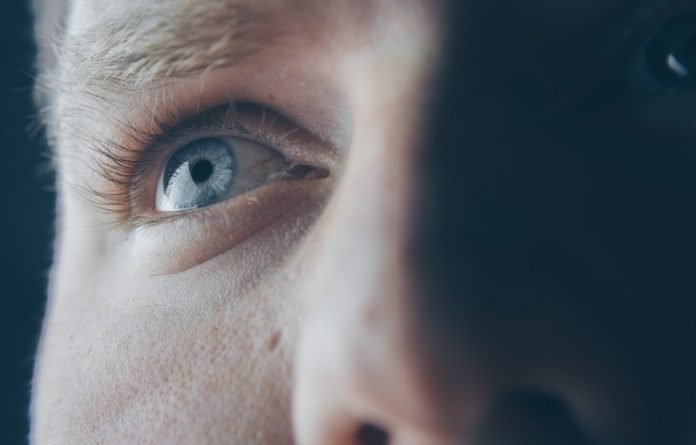
The following eye problems can lead to vision loss and blindness in older adults. They may have few or no early symptoms.
Regular eye exams are your best protection. If your eye care professional finds a problem early, often there are things you can do to protect your vision.
Age-related macular degeneration (AMD) can harm the sharp, central vision needed to see objects clearly and to do common things like driving and reading.
Your eye care professional will ask about your family history and look for signs of AMD during a dilated eye exam.
Treatments are available, and special dietary supplements can help lower your chance of it getting worse.
Diabetic retinopathy may occur if you have diabetes. It develops slowly, often with no early warning signs. If you have diabetes, be sure to have a dilated eye exam at least once a year.
Keeping your blood sugar, blood pressure, and cholesterol under control can prevent diabetic retinopathy or slow its progress in early stages.
Laser surgery in later stages can sometimes prevent it from getting worse.
Cataracts are cloudy areas in the eye’s lens causing blurred or hazy vision. Some cataracts stay small and don’t change your eyesight much. Others become large and reduce vision.
Cataract surgery can restore good vision and is a safe and common treatment. If you have a cataract, your eye care professional will watch for changes over time to see if you would benefit from surgery.
Glaucoma is usually caused by too much fluid pressure inside the eye. If not treated, it can lead to vision loss and blindness. People with glaucoma often have no early symptoms or pain. You can help protect yourself by having dilated eye exams yearly. Glaucoma can be treated with prescription eye drops, lasers, or surgery.
Dry eye occurs when tear glands don’t work well. You may feel stinging or burning, a sandy feeling as if something is in the eye, or other discomfort.
Dry eye is common as people get older, especially for women. Your eye care professional may tell you to use a home humidifier or air purifier, special eye drops (artificial tears), or ointments to treat dry eye.
For more severe cases, treatment options might include prescription medication, tear duct plugs, or surgery.
Signs of an eye emergency
See an eye care professional right away if you:
Suddenly cannot see or everything looks blurry
See many new floaters (tiny specks or “cobwebs” that seem to float across your vision) and/or flashes of light
Have eye pain
Experience double vision
Have redness or swelling of your eye or eyelid
If you care about eye health, please read studies about how to keep your eyes healthy, and treatments of dry eye you need to know.
For more information about eye health, please see recent studies about how to protect your eyes from glaucoma, and results showing this dinosaur era crab was sharp-eyed, speedy swimmer.



